Are you familiar with diamond accents and their role in a diamond ring? If not, don’t worry. We’re here to provide you with a concise explanation.
Diamond accents are small diamonds that are typically placed alongside a larger gem in jewelry. They add an extra touch of sparkle and enhance the overall design.
To fully understand diamond accents, we need to delve deeper into a few key questions. For example, which diamonds can be considered accents? Are there any specific rules or guidelines for using them in jewelry? Are certain diamond cuts more commonly used as accents? Can any diamond, regardless of size and shape, be used as an accent?
As you can see, there’s much to explore when it comes to diamond accents. Once you grasp the intricacies and considerations involved, you’ll be equipped with the knowledge needed to choose and appreciate diamond accents.
Fortunately, we have the answers you seek. So, without further delay, let’s dive into the details and continue reading to uncover the formula for understanding and embracing diamond accents.
DESIGN YOUR OWN ENGAGEMENT RING: START WITH A SETTING OR START WITH A DIAMOND. IT’S REALLY UP TO YOU!
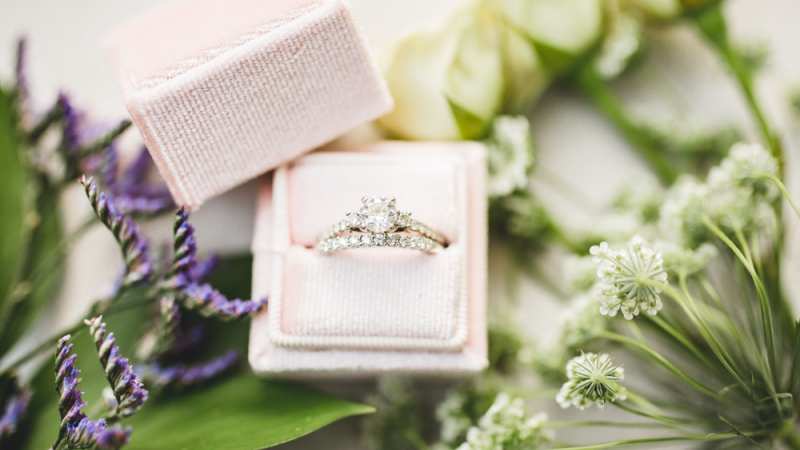
People Often Get Mislead By This Question!
It’s disheartening to discover that many people are unfamiliar with the concept of diamond accents and their purpose. Some may even view the term as jargon exclusive to diamond experts. Let’s dispel any confusion and clarify the matter.
Diamond accents serve to enhance the quality and size of the main gemstones by using smaller diamonds. Today, our focus will be primarily on singular large diamonds embedded in various jewelry pieces.
So, what exactly are diamond accents?
When we come across jewelry adorned with multiple diamonds, our attention is naturally drawn to the central stone, typically located in the middle of the piece. The presence of smaller diamonds surrounding the main gemstone is intentional. Their purpose is to elevate the brilliance and beauty of the jewelry piece, with the larger gem serving as the centerpiece and star of the show.
Here lies the answer:
Diamond accents refer to those diamonds that accompany and complement a larger stone. They work harmoniously to amplify the significance and allure of the main embedded gemstone, thus earning the name “accents.”
Now, it’s uncommon to come across jewelry pieces that don’t feature diamond accents. They have become a staple in the world of jewelry, although rare exceptions do exist.
But what makes diamond accents so crucial? And can we label all small diamonds as diamond accents? Interestingly, the answer to the latter question might surprise you. Let’s dive into unraveling this mystery, but we’ll have to momentarily set aside the previous question.
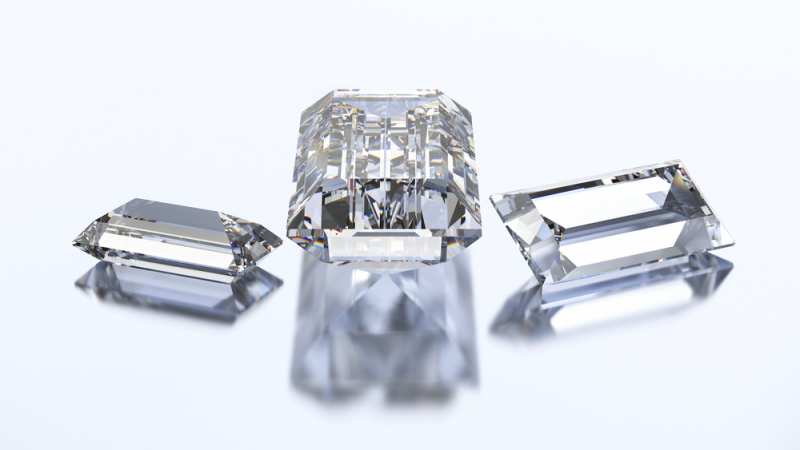
Baguette Diamonds
Let’s begin by delving into the world of baguette diamonds, which are commonly used as diamond accents in the jewelry industry. What makes them highly sought after for this purpose?
One of the key factors is their shape, which makes them an ideal fit for various accessories, particularly bracelets.
While some jewelers have attempted to incorporate baguette diamonds as accents in rings and earrings, it’s not as straightforward as it may seem. This is because baguette diamonds have a distinct rectangular shape, and we can further categorize them into two types: straight baguettes and tapered baguettes.
Straight baguette diamonds maintain a pure rectangular shape without any deviations. On the other hand, tapered baguette diamonds have a rectangular shape that tapers towards one end, resulting in it being slightly wider or narrower compared to the main proportions of the rectangle.
To put it simply, one end of the stone is broader than the other in tapered baguette diamonds.
Now, if we were asked which of these two shapes works better as diamond accents, it would be a challenging question to answer definitively. Both shapes bear close resemblance and share several similarities. However, according to diamond experts, there are noticeable differences:
Straight baguette accent diamonds are often arranged in a row, resembling a train with connected wagons. They are particularly suitable for enhancing the beauty of larger diamonds, such as marquise, Asscher, and round brilliant cut diamonds.
On the other hand, tapered baguette accent diamonds closely follow the patterns of straight cuts as they are embedded similarly. However, their wider rectangular ends allow them to accentuate the natural curves of larger stones, particularly radiant, princess, and emerald-cut gems.
Baguette accent diamonds are predominantly featured in bracelets since this type of accessory is crafted by bending narrow and straight gold or platinum plates. Consequently, baguette accents seamlessly blend with the overall proportions of most solid bracelets.
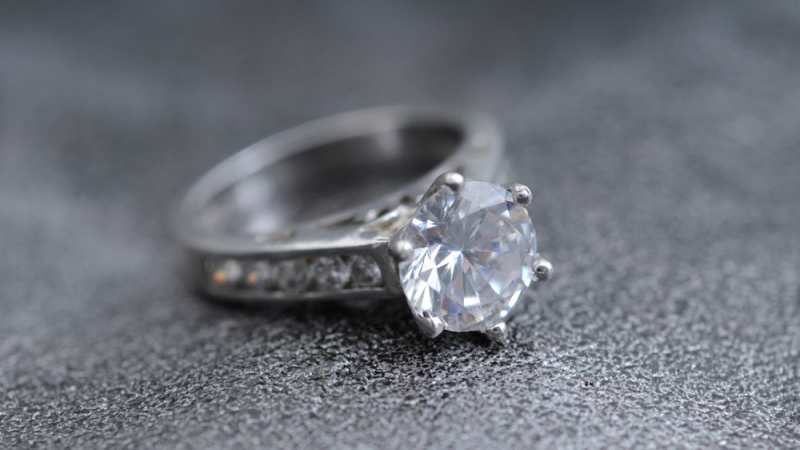
Small Round Diamonds
While not as versatile as baguette diamonds, small round diamonds are undoubtedly more widely recognized worldwide. Thanks to their frequent appearance in engagement rings, these smaller round gems make ideal companions to larger diamonds featured in wedding rings.
What makes them highly desirable and optimal for engagement rings?
Now, let’s not take this too seriously, but small round accent diamonds make their mark in various types of rings, regardless of their primary purpose. Whether it’s a proposal or a gift, diamond accents can be incorporated into different ring styles.
However, not all diamond types can fulfill the role of diamond accents in rings.
In this discussion, we will primarily focus on minor round diamond cuts that can be further classified as star cuts, full cuts, and melee cut diamonds.
Star-cut diamond accents are commonly used in diamond rings, as they offer an affordable choice among the three options. To qualify as a star cut, a small round diamond must weigh 0.02 carats or less. If it exceeds this limit by even a single unit, it no longer falls under the category of star cuts—unless, of course, someone decides to trim some weight off it. That’s how strict these classifications can be.
On the other hand, full-cut small round gems range between 0.02 and 0.07 carats, making them significantly heavier than star cuts.
However, even full-cut diamonds can’t compare to melee-cut small round diamonds, which can weigh between 0.08 and 0.18 carats, making them the heaviest small round diamond accents available in the market.
As we all know, when the scales display large numbers, a hefty price tag follows. So, if you decide to delve into melee-cut small round diamond accents, be prepared to invest accordingly.
As mentioned earlier, small round diamond accents are primarily used to enhance the overall appearance of wedding rings. However, you can also find them in a variety of other ring types.
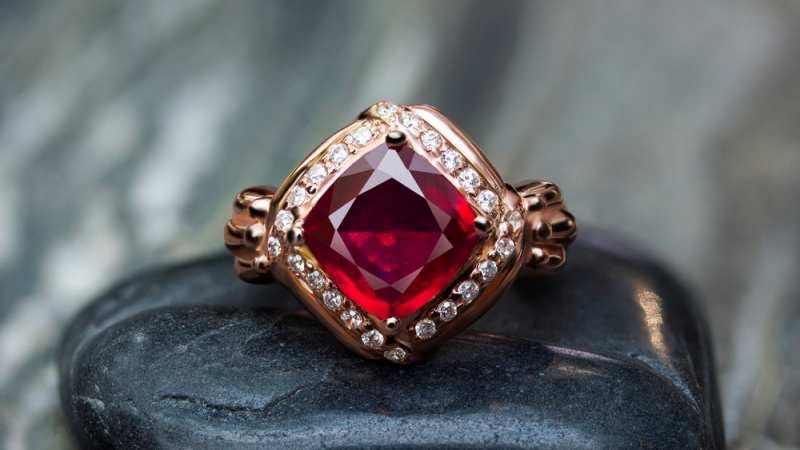
Trillion Diamonds
We have covered rectangular and round diamond cuts, and now it’s time to discuss the remaining shape: the triangular shape.
Trillion-cut diamonds are the most popular and well-known triangular-shaped diamond cuts out there. Interestingly, trillion-cut diamonds are one of the oldest diamond shapes known to humanity. Due to their unique shape with three equally long sides and a flat table, trillion-cut diamond accents can be found in various types of accessories, from earrings to necklaces—they can be embedded everywhere.
Crafting and obtaining trillion-cut diamond accents can be quite challenging and rare. Even when a raw diamond suitable for cutting into a triangle is found, there is a significant hurdle. To be classified as a trillion cut, a diamond must have either 31 or 50 facets. Many diamond cutters tend to avoid cutting diamonds in this manner because a single mistake can lead to disastrous results.
Now, let’s address a couple of crucial aspects that everyone should know about diamond accents. Keep scrolling!
Are All Small Diamonds Considered Diamond Accents?
There is a common misconception that engrained in most people’s minds regarding this question. When they see a tiny diamond, they immediately assume it must be a diamond accent. While they are not entirely wrong, there is a crucial rule that needs to be followed when discussing diamond accents.
For diamonds to be considered “accents,” their main purpose should be to enhance the overall properties and appearance of a larger stone that is closely set with the smaller diamonds. Until that happens, a small diamond cannot be declared an accent. Once they are set in jewelry with the sole intention of enhancing the larger stone, they can be classified as diamond accents.
Why Are Diamond Accents Important?
Now, let’s answer this fundamental question. In the jewelry-making industry, there is no better way to intensify or accentuate the beauty of a large stone than by surrounding it with several smaller gems. No matter how much we polish the large stone and its surroundings, it doesn’t compare to the simple act of placing diamond accents around it.
When we talk about enhancing, what does it really mean? Smaller diamonds can enhance the size of the larger stone. By placing several smaller diamonds around a center gemstone, an optical illusion is created, making the larger diamond appear even more prominent than its actual size.
Achieving this effect is possible by arranging the diamond accents in a perfect order. We previously used the analogy of trains and wagons, but there are other creative arrangements to consider. They can be arranged to form a box or a triangle around the central gem. Depending on the overall appearance of the central stone, diamond accents are arranged to create contrast or follow the shape of the primary gemstone, making it appear larger or more visible.
Most people opt for this approach because buying huge diamonds can be costly. Instead, they purchase several small diamond accents and one larger stone, creating the illusion of a larger diamond when paired with accents. It’s a simple trick that works wonders.
Enhancing size and contrast is not the only goal achieved with diamond accents. They can also magnify the ability of the large stone to shine and sparkle. While single diamonds can shine on their own, when paired with diamond accents, they can reflect light from one diamond to another, greatly enhancing the overall brilliance and sparkle.
Lastly, embedding jewelry pieces with diamond accents is often done to increase the overall value of the accessories. A single diamond alone may not be extremely valuable, especially if it is small and old. However, by complementing the central gem with several diamond accents arranged accordingly, a higher price tag can be expected when (and if) the jewel is sold.
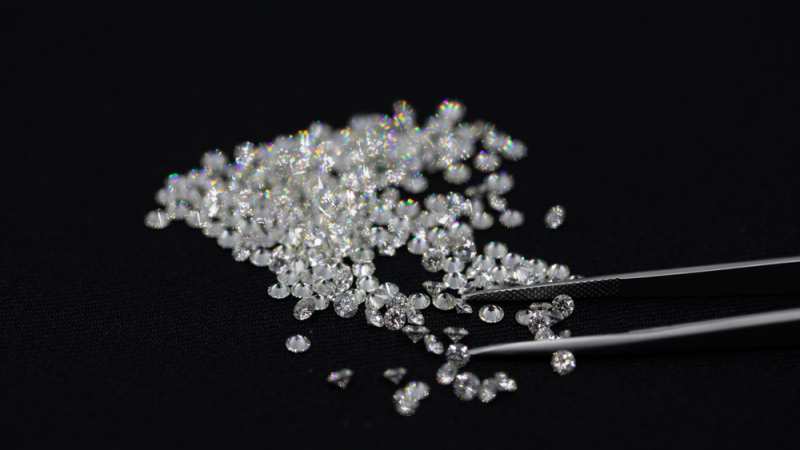
Conclusion
Now that we have covered the concept of diamond accents, let’s summarize the most important points:
To qualify as a diamond accent, a diamond must be closely set with a larger central diamond in an accessory.
Diamond accents are smaller in size compared to the central stone and are arranged in a pattern that enhances the overall appearance and beauty of the central diamond.
All diamond accents should be similar or identical to one another. This consistency is crucial to achieving the desired enhancement of the central diamond.
If these criteria are met, we can confidently identify them as diamond accents and distinguish them from regular small diamonds. It’s important to note that embedding and arranging diamond accents can be a complex task, best left to professional jewelers.
By understanding these key points, you now have a solid understanding of what diamond accents are and their significance in jewelry design.


